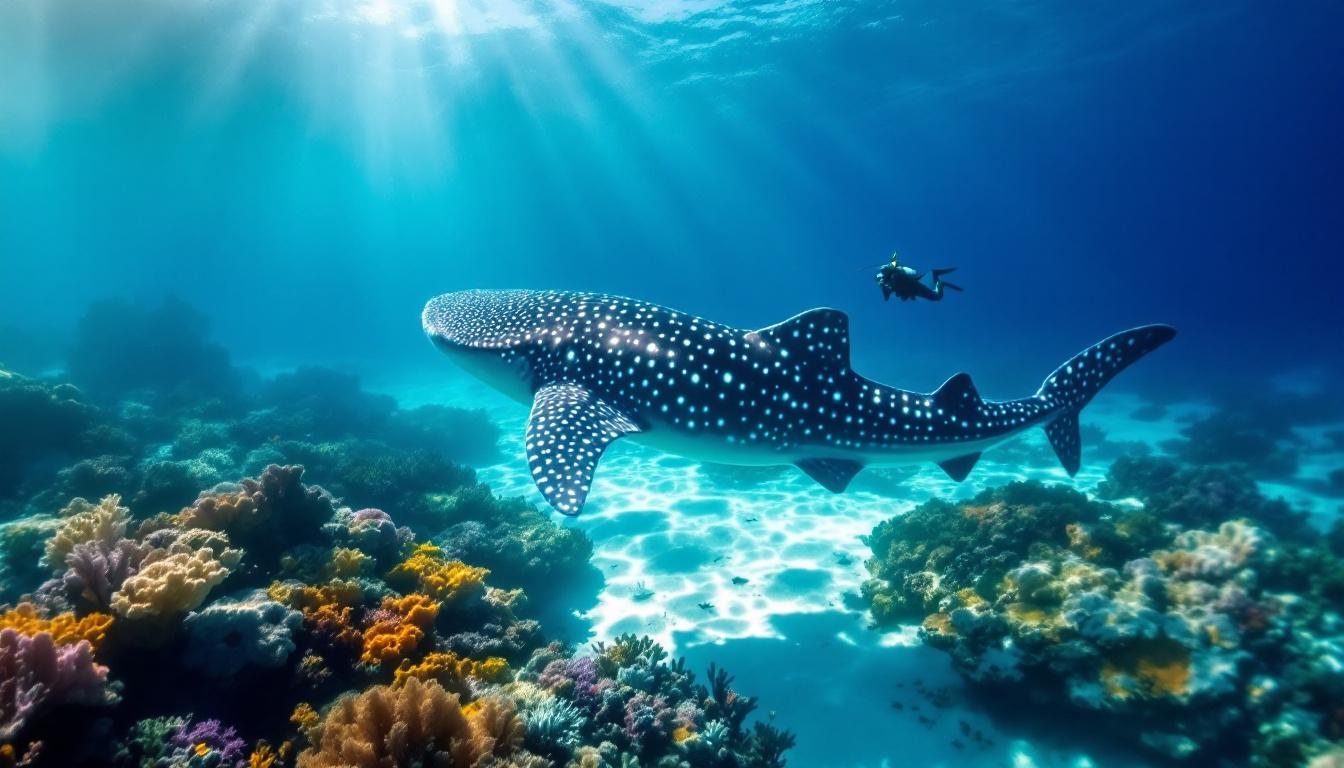Missing my Cairns flight connection last March turned into the most transformative travel discovery of my life. While frantically rebooking through Perth to salvage my Australian reef adventure, a local mentioned Ningaloo Reef – a name I’d never heard despite 15 years of diving worldwide.
Three days later, floating above pristine coral just 200 meters from shore, I realized I’d stumbled upon what locals quietly call “the better Great Barrier Reef.” This wasn’t just another dive site – it was a 300-kilometer marine sanctuary that would completely reshape my understanding of authentic reef experiences.
Sometimes the best discoveries happen when your original plans fall apart completely.
The accidental discovery that changed everything
When flight delays become life-changing detours
That delayed Jetstar connection in Perth became my gateway to Western Australia’s best-kept secret. While other stranded passengers grumbled about rebooking fees, I found myself chatting with a marine biologist from Exmouth who casually mentioned swimming with whale sharks “right from the beach” at Ningaloo. Her eyes lit up describing encounters impossible at the commercialized Great Barrier Reef platforms.
The moment everything clicked into perspective
Standing on Coral Bay’s pristine shore, watching manta rays glide through crystal-clear shallows just meters away, I experienced what locals call “Ningaloo magic.” Unlike the Great Barrier Reef’s distant boat trips and crowded pontoons, this felt intimate and authentic. The reef literally touched the beach, creating an underwater world accessible to anyone who could swim.
What I found that guidebooks never mention
The marine health advantage nobody talks about
While Great Barrier Reef sections battle recurring bleaching events, Ningaloo’s deeper waters maintain healthier coral communities. Local marine park rangers shared data showing 70% coral cover in protected zones – significantly higher than many GBR locations. The 2025 marine heatwave affected shallow areas, but Ningaloo’s fringing reef structure provided better thermal refuges than offshore barrier systems.
Guaranteed encounters that transform your perspective
Swimming alongside a 12-meter whale shark in April changed everything I thought I knew about marine tourism. These gentle giants aggregate at Ningaloo predictably from March to July, offering 95% sighting success rates through ethical tour operators. Compare this to Great Barrier Reef’s sporadic whale shark appearances, and you understand why locals protect this secret so fiercely.
The transformation that surprised me most
From tourist to conservation advocate overnight
Meeting Yinigudura traditional owners at a turtle nesting site fundamentally shifted my travel priorities. Their 40,000-year connection to this reef system taught me that authentic experiences require cultural respect, not just Instagram moments. I learned proper whale shark interaction protocols, understanding why maintaining 3-meter distances preserves these encounters for future generations.
The accessibility revelation that changes everything
Discovering I could snorkel world-class reef systems directly from shore eliminated the boat trip barriers that make Great Barrier Reef diving expensive and weather-dependent. At Coral Bay, stepping off the beach into pristine coral gardens costs nothing beyond accommodation. This accessibility democratizes reef experiences in ways the commercialized northern alternatives never could.
Why I’ll never travel the same way again
The authentic Australia most visitors never see
Ningaloo taught me that Australia’s greatest treasures exist beyond the marketed highlights. While millions flock to Cairns for manufactured reef experiences, this UNESCO World Heritage site offers genuine wilderness encounters. Local tour operators run small groups of 8-12 people, creating personal connections impossible on Great Barrier Reef’s industrial-scale operations.
The conservation model that actually works
Witnessing sustainable marine tourism in action changed my entire approach to travel. Ningaloo’s strict whale shark guidelines, indigenous partnership models, and small-scale operations prove that environmental protection and authentic experiences go hand in hand. This isn’t tourism – it’s responsible cultural exchange with one of Earth’s most pristine ecosystems.
Planning your own Ningaloo discovery
What locals want visitors to know
Book Exmouth accommodation 6 months ahead for whale shark season. Choose operators with indigenous partnerships and marine park certifications. Respect cultural protocols, maintain coral-safe distances, and understand that protecting this reef system requires every visitor’s commitment to sustainable practices.
The logistics that make it possible
Fly Perth to Learmonth Airport, then drive 40 minutes to Exmouth. Budget $150-200 AUD daily for accommodation and tours during peak season. Pack reef-safe sunscreen and prepare for water temperatures around 24-26°C during optimal whale shark months.
Missing that Cairns connection taught me that the most profound travel discoveries happen when we abandon rigid itineraries. Ningaloo Reef isn’t just better than the Great Barrier Reef – it’s what authentic marine wilderness looks like when communities prioritize conservation over commercialization.
Sometimes getting lost leads you exactly where you need to be.
